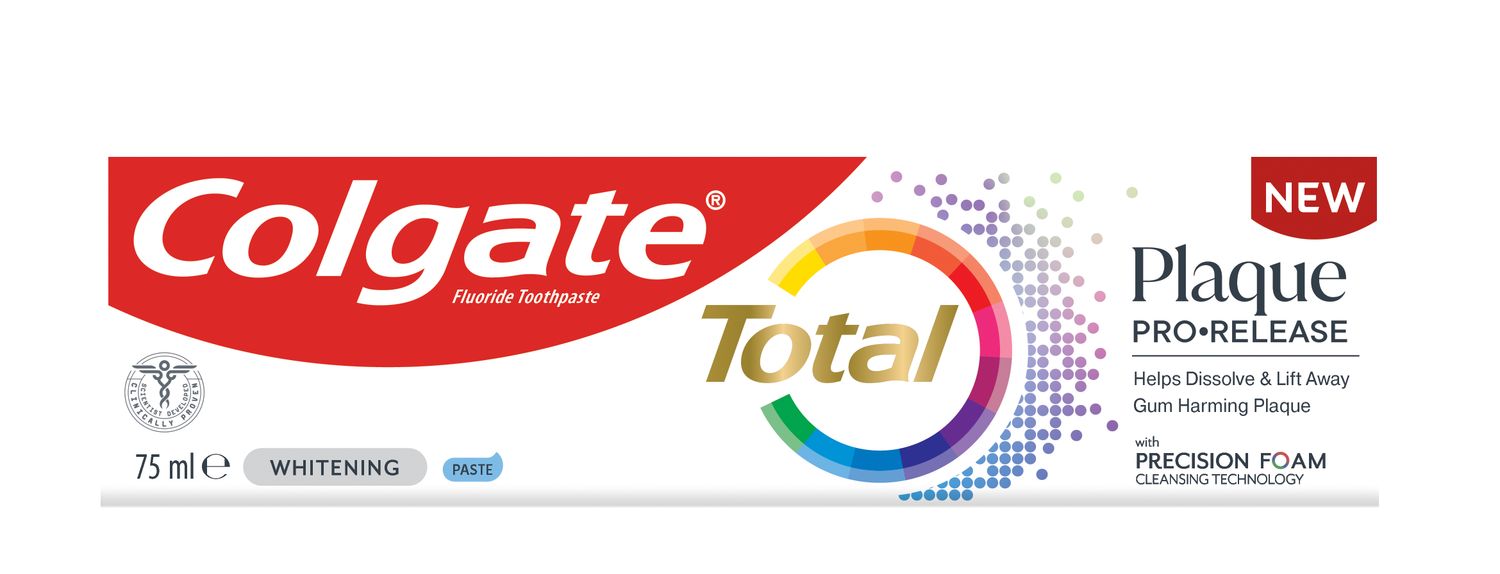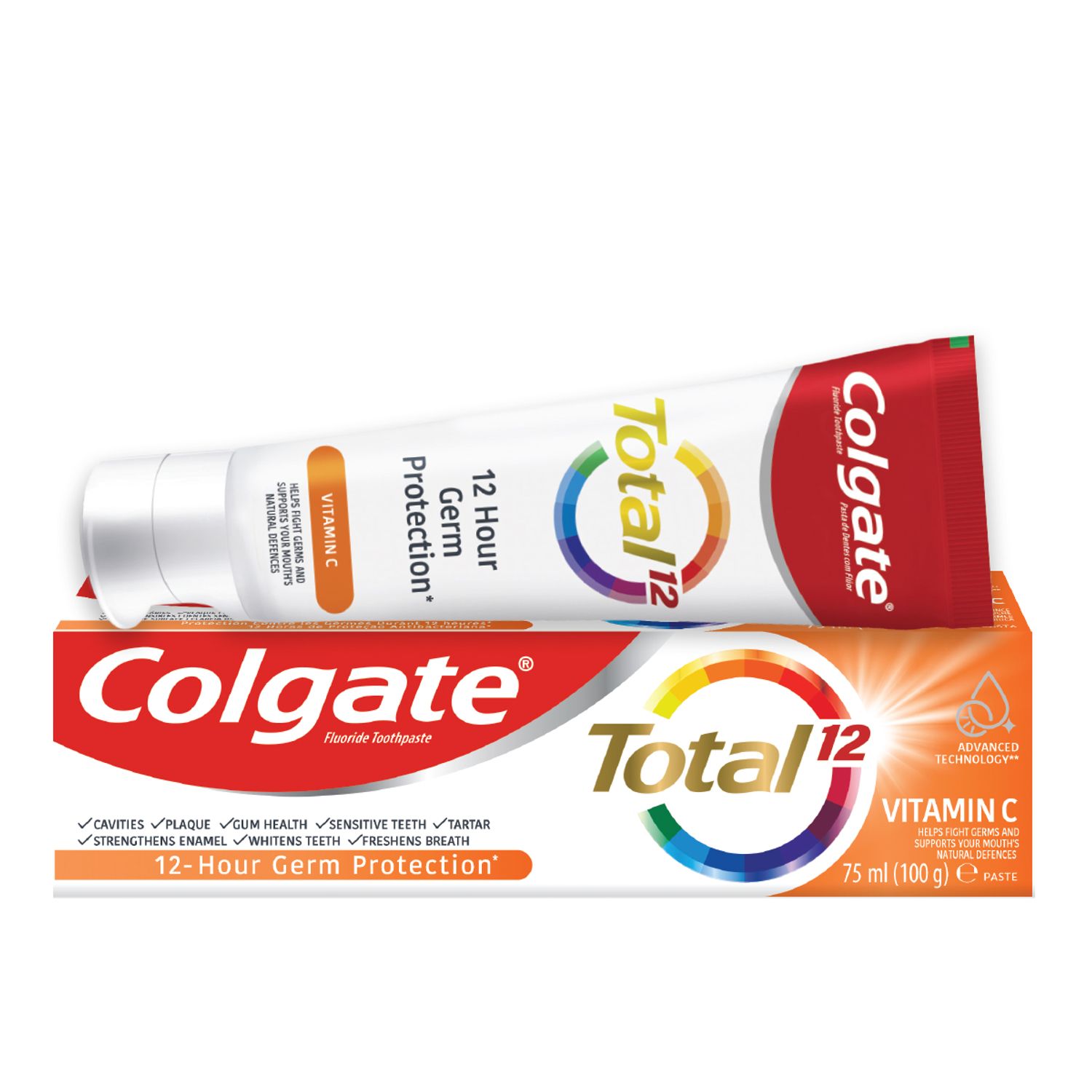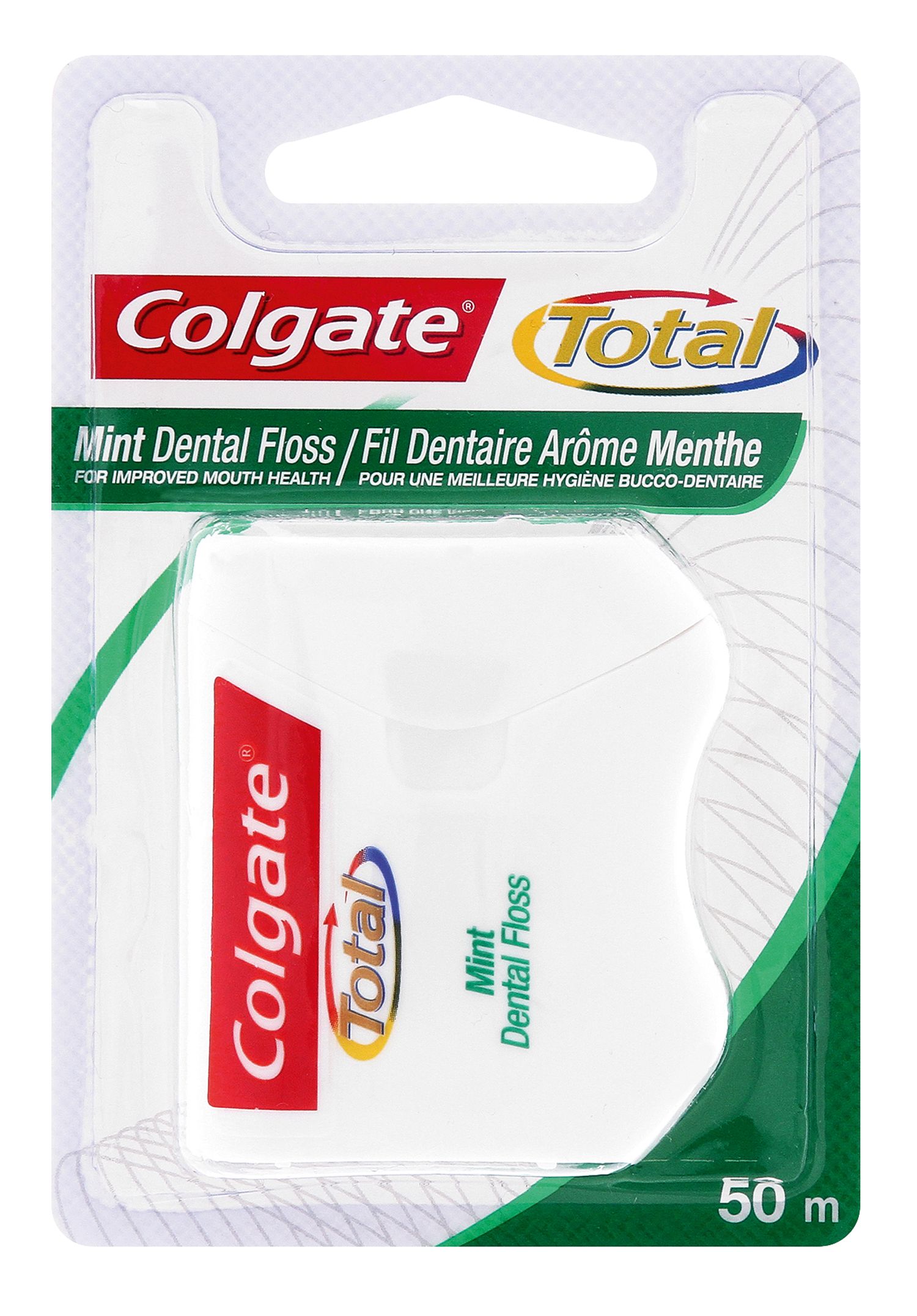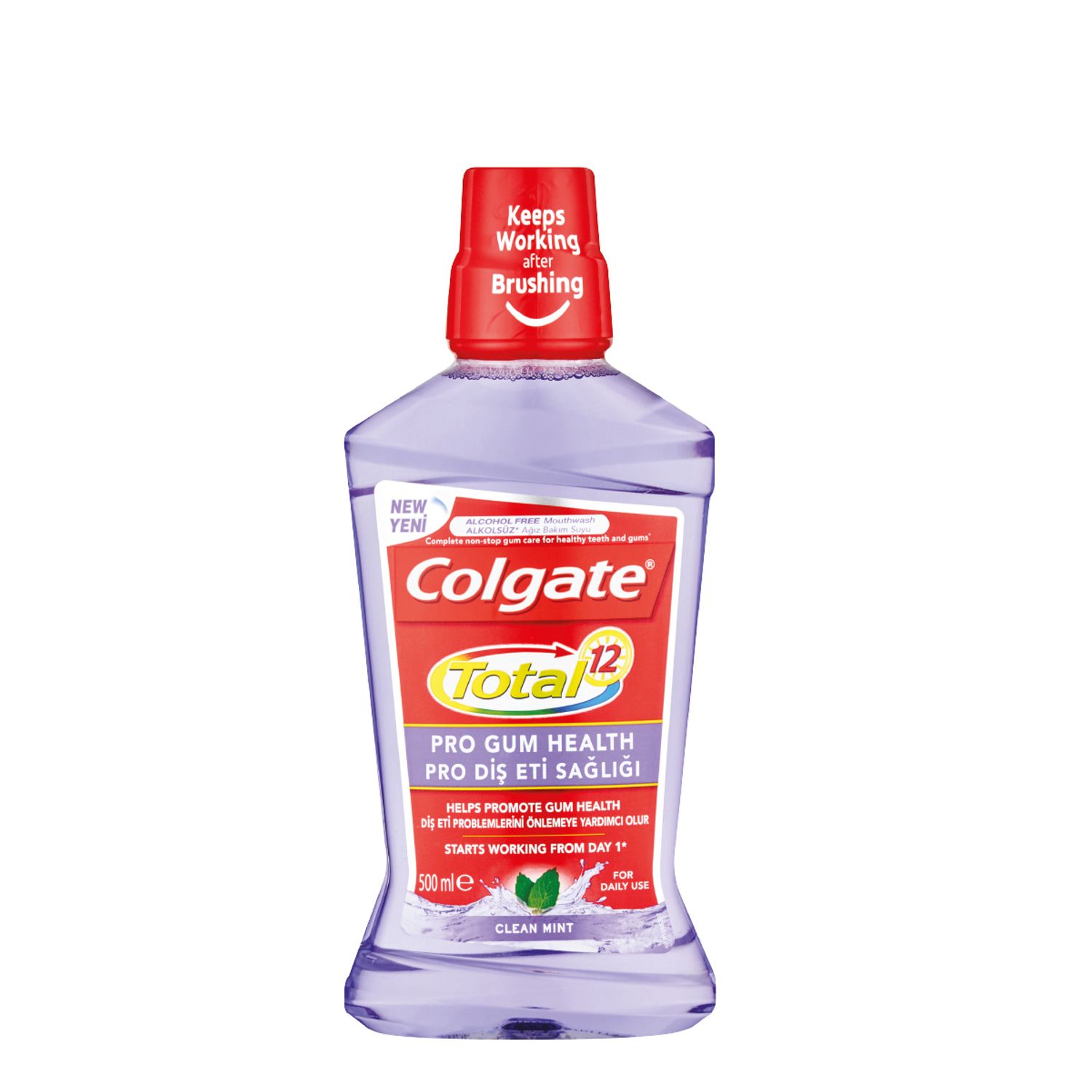-
-

CAVITIES
Can You Heal A Cavity At Home?You feel a sharp pain when you bite down or try to eat. You think it's a cavity, but you're not 100 percent sure...

BAD BREATH
How To Cure Bad BreathMore commonly known as bad breath, halitosis is an embarrassing hygiene issue that nobody wants, but some of us get every now and then...
-
Science & Innovation
- Colgate® | Toothpaste, Toothbrushes & Oral Care Resources
- Oral Health
- Causes of Brown Spots on Teeth


Brown spots on teeth may worry you, but there's plenty you can do to fix them. Tooth cavities caused by tartar can produce these brown stains when your oral care isn't quite up to scratch, and certain medical conditions can do the same. Whatever the reason for your discolouration, your dentist or dental hygienist can offer a solution based on the following.
Decay: Brown spots are a sign of tooth decay, which develops from excess snacking on sugary and starchy foods. Beverages that are high in sugar do the same, creating plaque that sticks to the tooth surface and damages it over time. If the plaque isn't removed by regular brushing, it destroys the enamel and turns it brown. These brown spots may also come from the dentin underneath, which has a naturally darker shade when exposed by worn enamel.
Tartar: When plaque builds up on teeth, it hardens into a substance called tartar, which is often brown in colour. Tartar generally appears at the line between the teeth and gums, and regular brushing with toothpaste doesn't remove it.
Fluorosis: Fluorosis is caused by excessive fluoride intake, and in severe cases brown pits will appear on the teeth. Too much fluoride in the body, especially in children whose teeth are still forming in the gum, discolours the tooth enamel. Permanent white lines or streaks often indicate mild fluorosis, whereas brown, gray or black patches and pits – on top of an irregular tooth surface – are signs of more serious fluorosis. Although the teeth may look damaged, fluorosis is in fact only a cosmetic condition. Unless the teeth are decayed from another cause, they're perfectly healthy.
Celiac Disease: The tooth enamel of those who have Celiac disease is often poorly developed. White, yellow and brown spots or bands may appear, and the enamel may be translucent. Because the effects are permanent, sufferers frequently opt for restorations to cover the condition.
Other Medical Conditions
High fever and dental trauma can cause brown marks on teeth. Developmental conditions of the bones and skull have the same effect, albeit rarely.
Prevention and Treatment
For the long-term prevention of brown spots due to tooth decay and tartar, brush your teeth thoroughly twice a day, floss once a day, and don't eat sugary foods or snacks to tide you over between meals.
Only a dentist can fix brown spots on teeth from decay. To do so, he or she may remove the decayed area and replace it with a filling. Keep in mind that you can ask your dentist for white fillings that match your natural tooth color.
A dentist or dental hygienist can remove tartar by scraping it away with special tools, and cleans and polishes the tooth enamel to perfect the final appearance.
Brown spotting from fluorosis and Celiac disease is permanent and isn't improved by whitening toothpastes or treatments. Removing the affected area isn't appropriate if there's no decay, but your dentist can cover stained teeth with veneers. Thin shells that cover the teeth, veneers can be matched to your natural tooth color.
If your teeth have brown spots, ask your dentist for a check-up. The earlier the cause is found, the better the outcome for your oral health. Whether brown spots are due to decay, tartar or another condition, your dentist can help restore your confidence and your smile.
Related Products

Helping dental professionals
More professionals across the world trust Colgate. Find resources, products, and information to give your patients a healthier future










